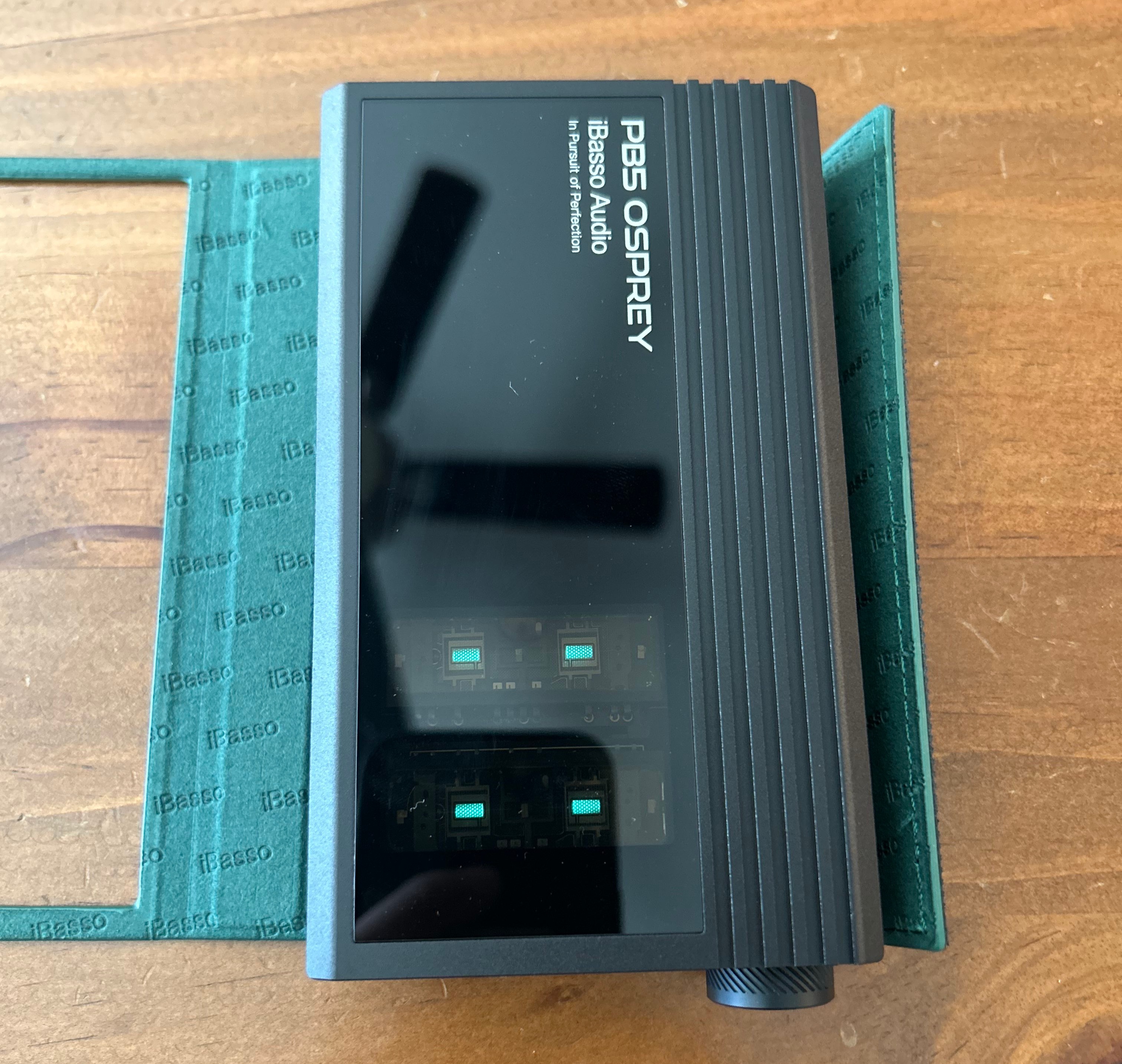Thanks for these notes. I am surprised that there would be this level of discrepancy between the sound profiles of these two Anni 23 models (and what about the third version, stainless steel?). These different profiles should be part of the marketing, so consumers can make more of an informed choice.Yes guys! I did hear a difference and I A/b'd them side by side with the same tips, same stock martini cable, same 320max ti source!
The Gold Anni was a store demo unit in my local shop and the differences were not something that I had to look for. In fact it was outright different, in the treble quality, bass emphasis and the mids. Now I am aware that Lee QM of Elysian never confirmed that the 3 different variants would sound different, so to be honest with you, I'm not sure what caused it, but I suspected that the Nozzle material (Ti vs. Gold) gave it a different focus on the FR. The most noticeable difference is in the bass, the Ti still has that thumpy mid bass that Anni is famous for, but somehow, the quantity of it is less than the Gold Anni and the focus is more evenly distributed with the Sub-Bass. Yes i hear the rumble of the Sub-Bass much better on the Anni Ti. So it sounded thumpy but more balanced and as a result the mids is also cleaner. Now the mid-treble has a bit more sparkle on the Ti perhaps a touch brighter too, but this difference is more subtle than the bass presentation that was more apparent.
But does it sound like a different IEM? no, it is still annihilator by all means, maybe if annihilator had a tuning switch, this could be one of the tuning option. Please do try to A/B them, i remember talking to @Smirk 24 who rebought Anni Ti and he said that his second Anni Ti is more sub-bassy compared to his first Anni Ti. So, I'm not sure what's going on here whether it's a variety of units or what but from what I know, it's not supposed to sound different... I still have to test this with other Annihilators to see if there are differences with other units too. But the most important thing is, I love my Anni Ti for sounding as it is, cleaner Anni with more sub-bass but still has lots of thumps on the mid bass, more sparkly treble, cleaner mids and as a result, it sounded more 'balanced' overall.
In any event, I don’t recall there being any real difference in profile between the gold and Ti versions when I heard them non-contiguously over the past few months, but that is no A/B for sure. Curious what others are hearing.





































